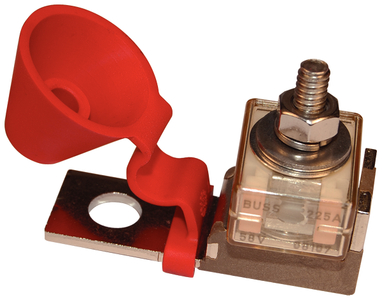I'm looking at the WM wire size / ampacity charts in contemplating a battery move OUT of the lazarette this season either to under the sink / stbd seat or all the way to the v-berth. I know I can figure out the length of the wire run from the engine to the batteries - but what load do I use? I assume it's the cranking load? And then do I go by the battery CCA rating or is there a cranking draw figure on the engine specs? It's a mercury Bigfoot 9.9.
The secondary bit to the question which I've seen loads of mixed answers for but nothing definitive is don't these batteries off gas during charge and discharge? And if so, do we really want them in the cabin? The reason for the move is to get the electrical out of the Laz which is where the fuel tanks are housed. We don't want any potential for spark but like having the fuel down there out of the way while underway motoring. Don't want to bring the fuel into the cockpit.
Any help/direction is appreciated. I know Maine Sail had some great articles about this as did Sumner. I'll dig those up too. If someone can help me understand the source of the load so I can decipher those wire charts and get the main battery cable run decided and ordered that'd be great.
The secondary bit to the question which I've seen loads of mixed answers for but nothing definitive is don't these batteries off gas during charge and discharge? And if so, do we really want them in the cabin? The reason for the move is to get the electrical out of the Laz which is where the fuel tanks are housed. We don't want any potential for spark but like having the fuel down there out of the way while underway motoring. Don't want to bring the fuel into the cockpit.
Any help/direction is appreciated. I know Maine Sail had some great articles about this as did Sumner. I'll dig those up too. If someone can help me understand the source of the load so I can decipher those wire charts and get the main battery cable run decided and ordered that'd be great.





